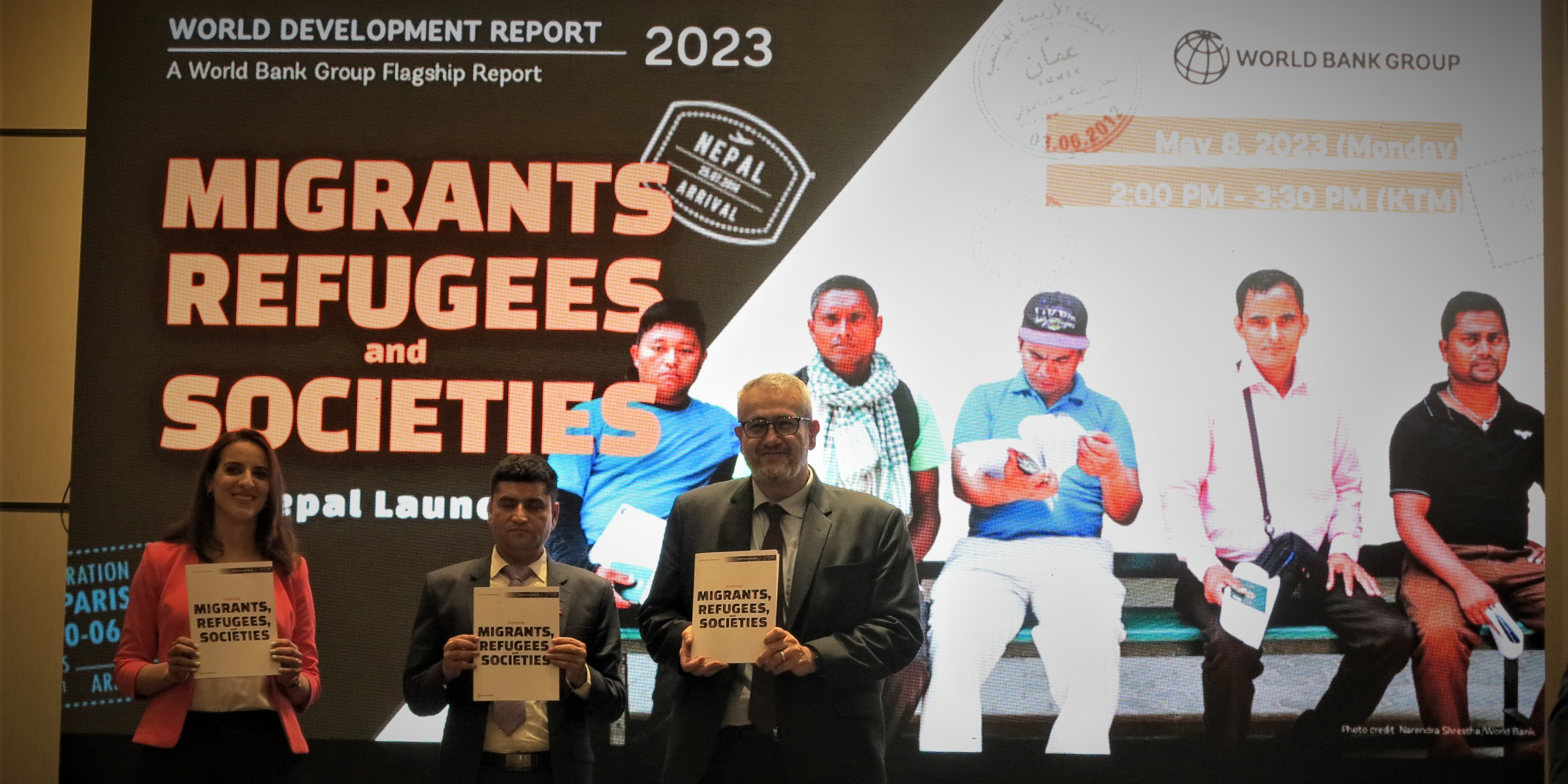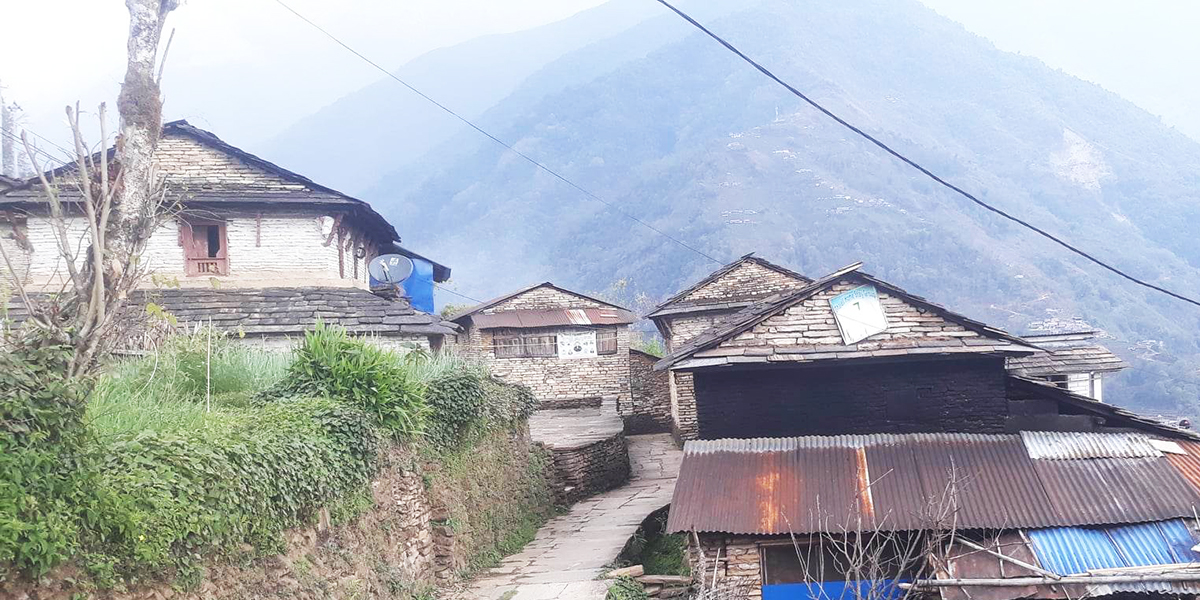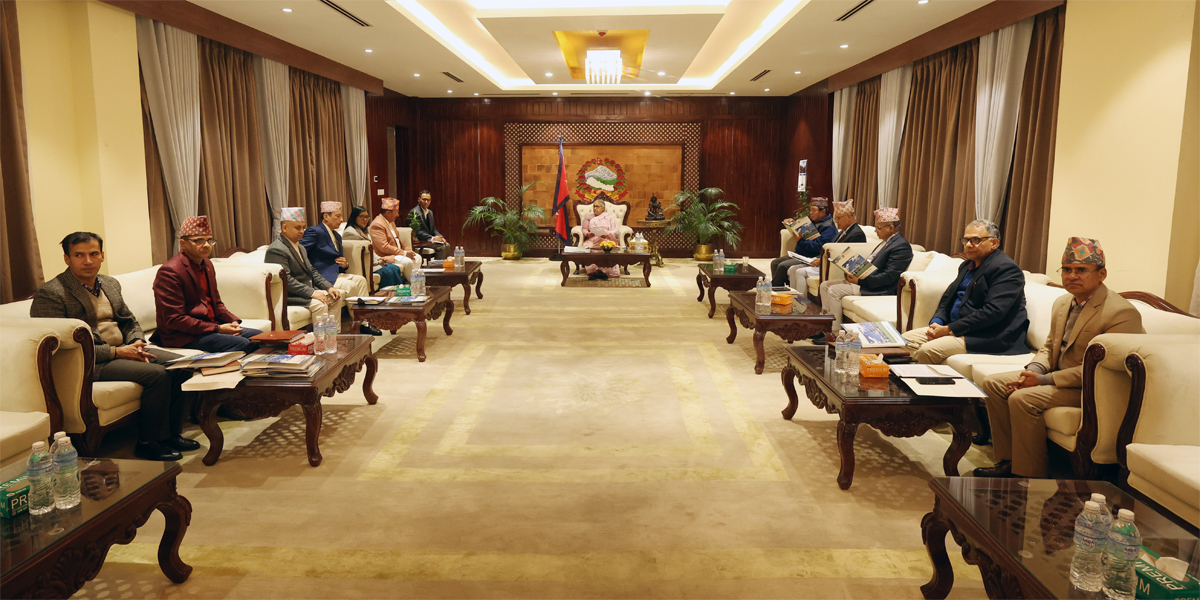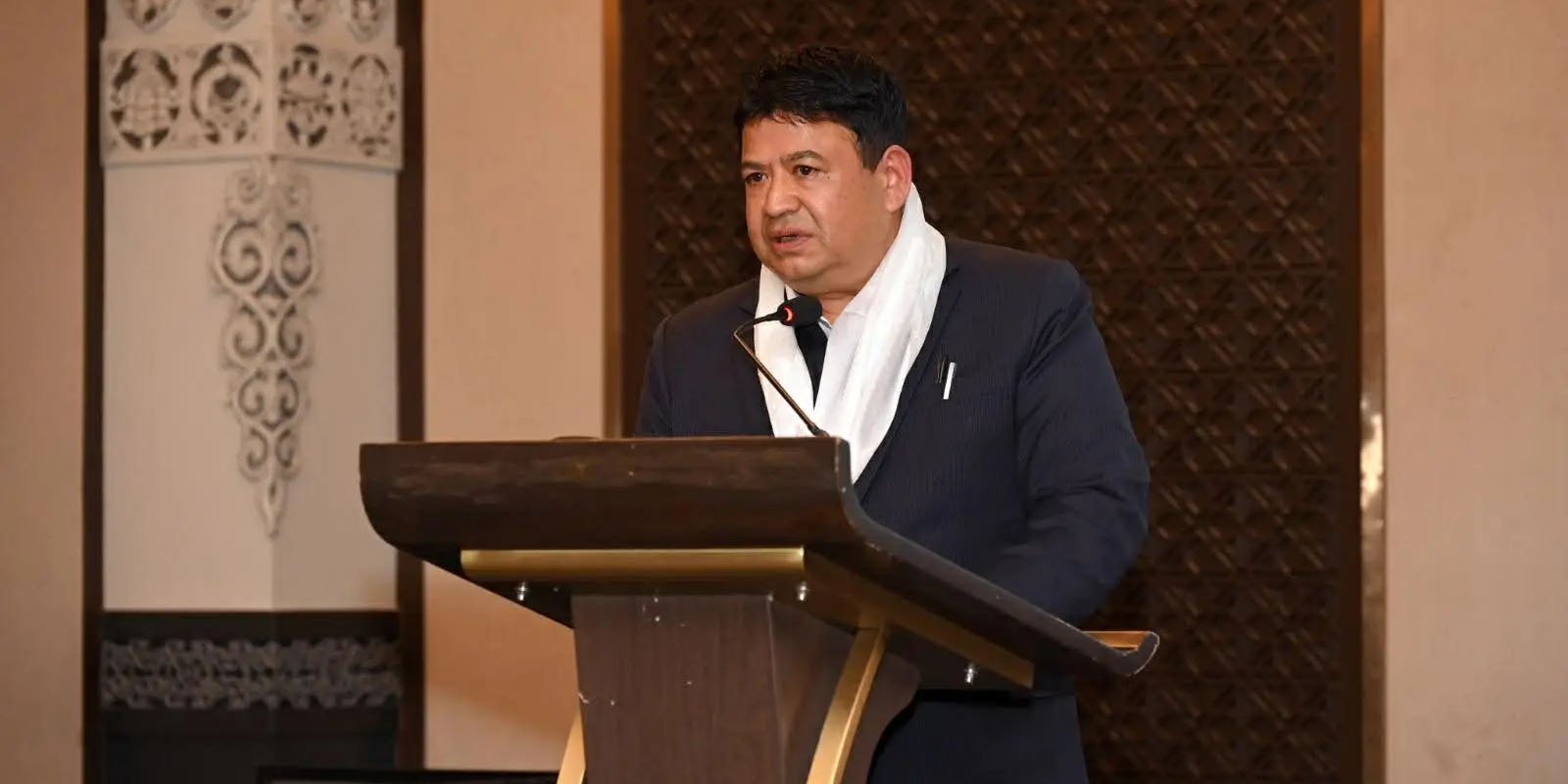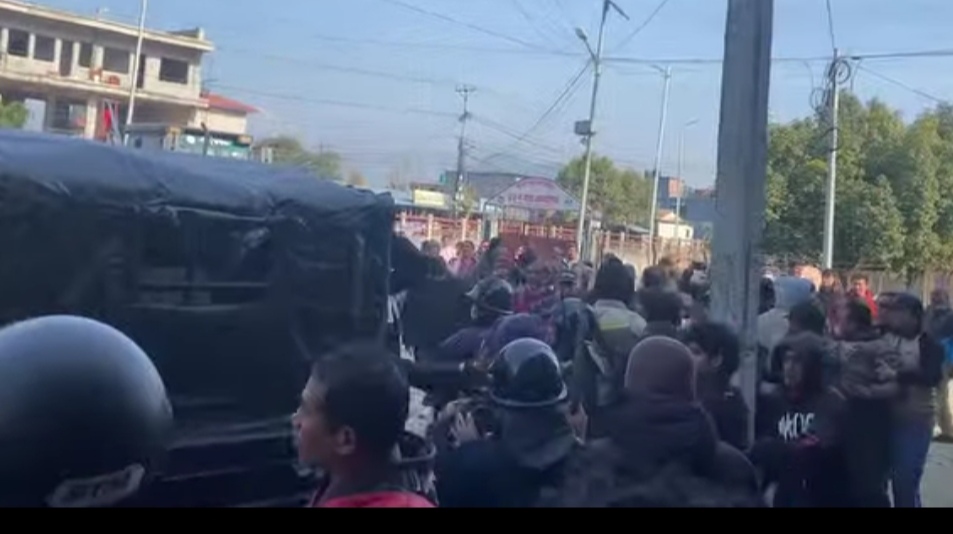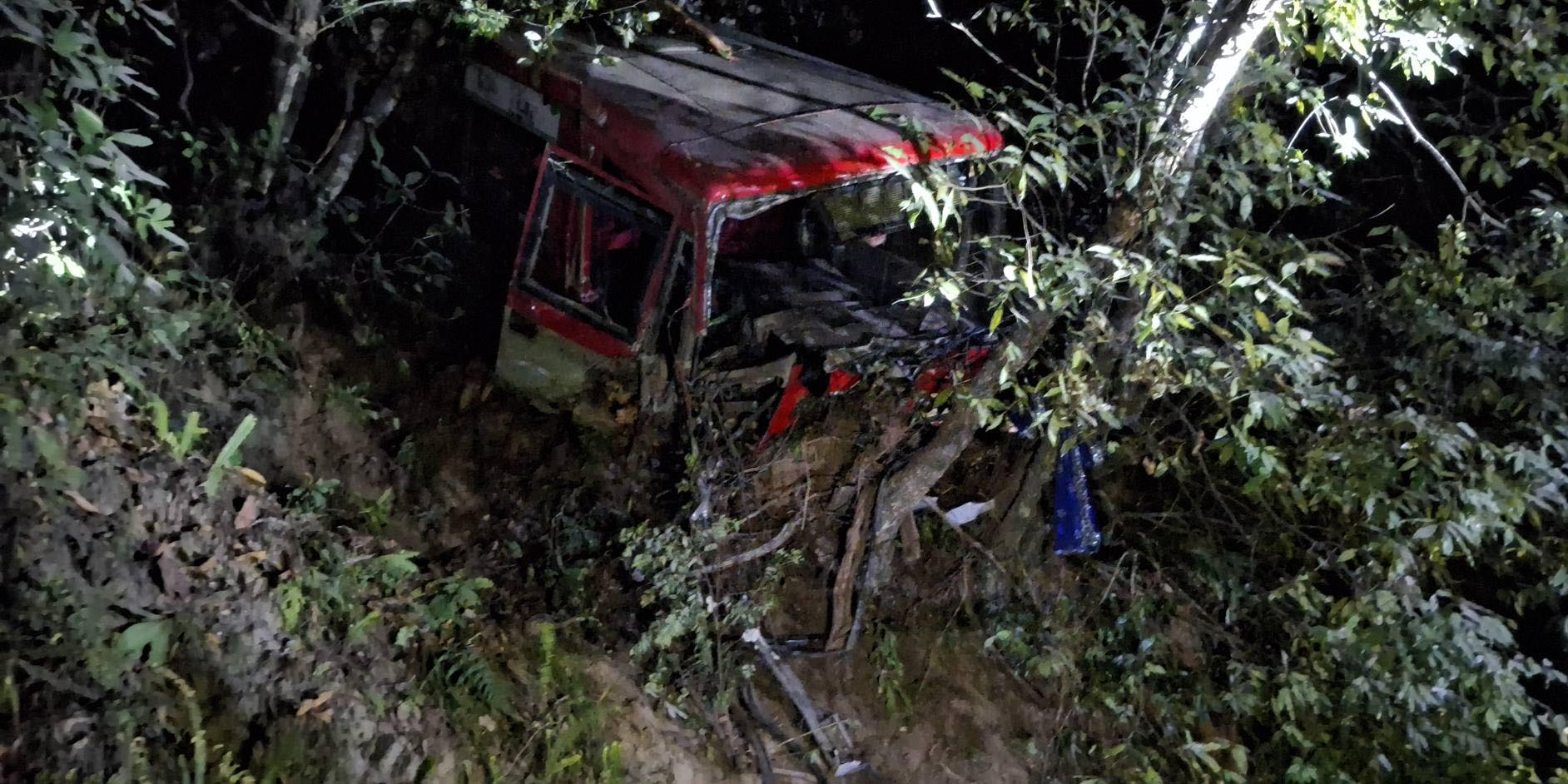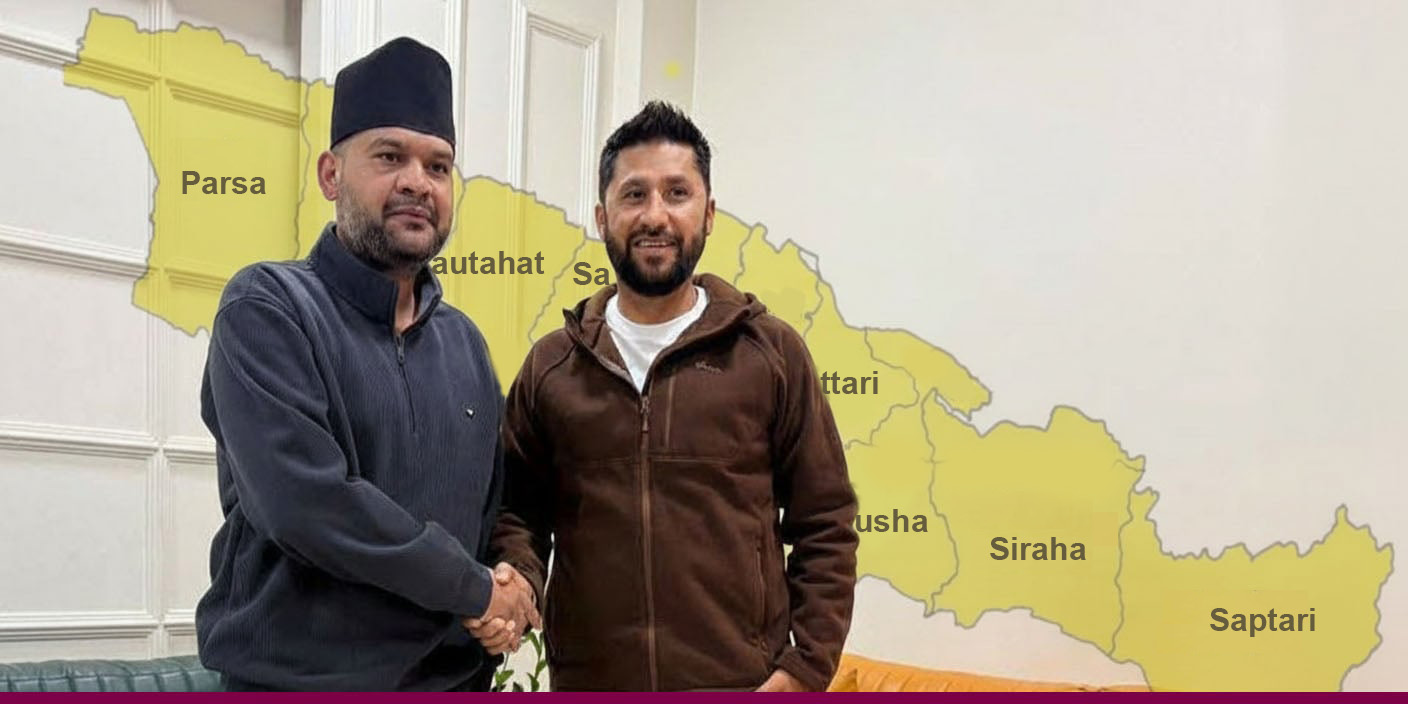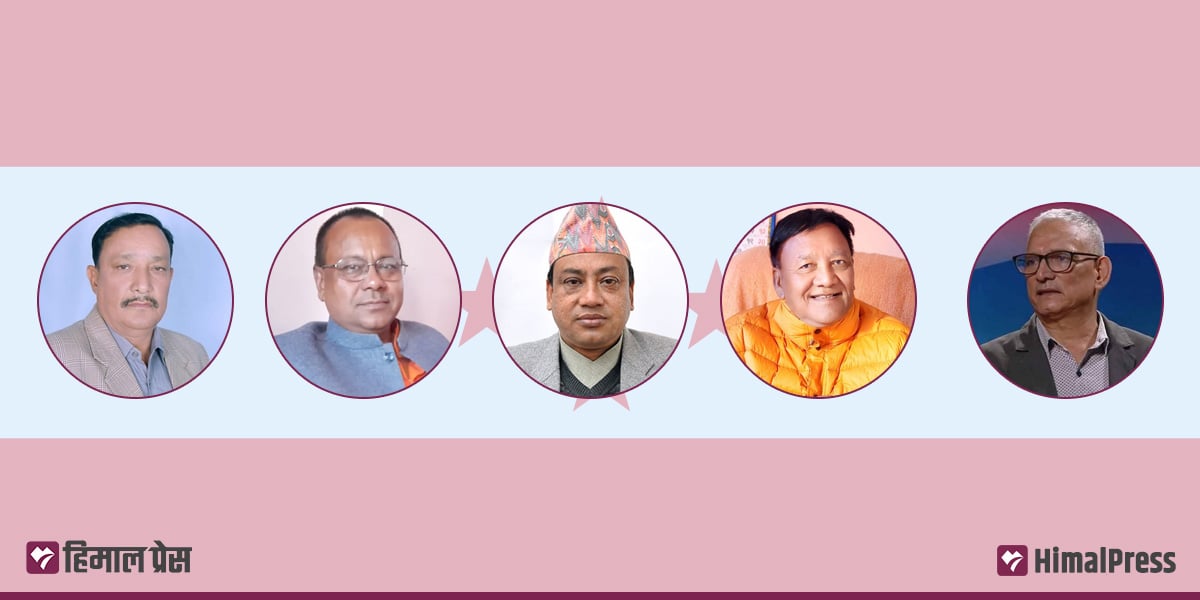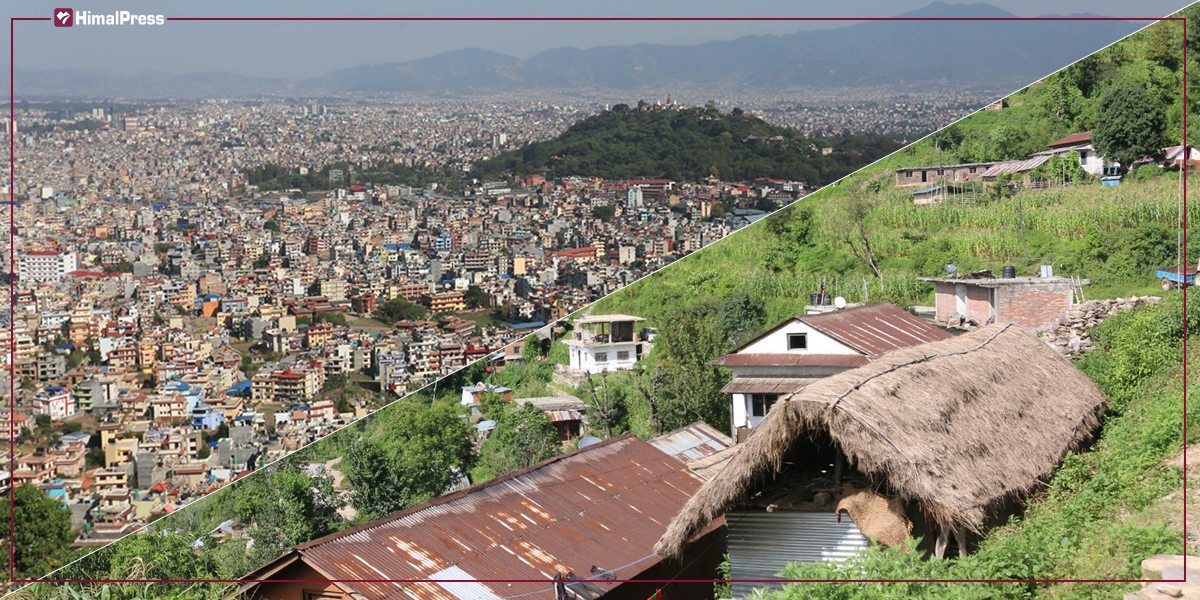
KATHMANDU: According to the latest census data from the Central Statistics Office, the population of Taplejung district in eastern Nepal has decreased from 127,461 in 2010 to 120,590. Similarly, the population of bordering Panchthar has also decreased from 191,817 in 2010 to 172,400.
In contrast, the population in the eastern Tarai districts has increased. For instance, the population of Jhapa has increased to 998,054 from 965,370 a decade ago.
In addition to the population decrease in Taplejung and Panchthar, Baitadi, a hilly district in the far-west, has also experienced a decline in population. The 2021 census reports a decrease from 250,898 to 242,157. Similarly, Dadeldhura’s population has decreased from 142,094 to 139,602 over the past decade.
On the other hand, Kailali and Kanchanpur districts in the far west have witnessed a significant increase in population, much like the trend observed in eastern Nepal. Kailali’s population has risen from 775,709 in 2011 to 904,666 in 2021.
The final report of the 2021 census, released last month, indicates that the population in Tarai districts has increased in comparison to the Himalayan and hilly regions.
Out of the total population of 29,164,578, the population in the Terai region is 15,634,006, accounting for 53.61% of the total population. The population in hilly districts is 11,757,624, which is 40.31% of the total population, while the population in the mountainous region is 1,772,948 (6.08%).
Over the past decade, the population in the Tarai region has increased by over 3%, while the population in the hilly and mountainous regions has declined.
According to the 2011 census, 43.01% of the total population lived in mountainous regions, while 6.75% lived in hilly regions. However, the latest census indicates that people are migrating from the mountainous and hilly regions to the Tarai region at an increasing rate.
Village to urban areas, urban areas to abroad
There has been a significant increase in the population of Kathmandu over the past decade. In 2011, the population of the capital city was 1,744,344, but according to the latest census, it has risen to 2,041,580. Dol Narayan Shrestha, an officer at the National Statistics Office, said that the number of people living in Kathmandu for at least six months has increased to 3.04 million.
The census also reveals that 2,267,236 people are living away from their families, while 2,190,592 Nepalis are living outside the country. Of these, 1,468,517 people left for foreign countries from Kathmandu and urban areas.
Experts have noted a significant population imbalance, which they attribute to the centralized development system.
According to Dr Yogendra Gurung, a professor in the Population Studies Department at Tribhuvan University, the centralized development system is one of the main factors driving migration from rural areas. “Despite the hopes that the federal system would address this issue, it has not. Internal migration is still occurring at an increasing rate,” he added.
Likewise, Associate Professor Dr Keshav Adhikari also said that the findings of the latest census reveal a trend of migration from villages to urban areas and from urban areas to foreign countries. “The federal system has failed to keep international migration in check. There was an expectation that the federal system would help balance migration, but it has not been successful,” he said. Dr Adhikari attributed this failure to the tendency of leaders to not relinquish authority, build infrastructure, and disburse resources to subnational governments.
Socio-political implications
Experts warn that uncontrolled migration has long-term implications for the overall development of the country. According to Dr Gurung, the current centralized development system has led to a risk of underdeveloped areas falling further behind. “We need to decentralize and focus on balanced development to prevent migration to large cities and ensure that development is spread evenly across the country,” Dr Gurung said, adding: “Since more than 50 percent of people live in Terai, political representation is naturally high from the region. This means development work will also be concentrated in Tarai. Because of this, there is a risk of the mountainous region falling further behind.”
Upreti points out that the hilly regions are already experiencing a shortage of manpower for social activities, such as funerals and weddings, due to increased migration to urban areas and foreign countries. “The lack of workforce is also impacting agriculture as fields are remaining barren due to the shortage of workers,” he added.
Economist Nar Bahadur Thapa warns that migration has adversely affected production in Nepal. “The fields in the hills are barren and the arable land in the plains is turning into desert. This is not a good sign in terms of food sovereignty,” Thapa added. He believes that migration to places with better opportunities can be considered a natural process, but it has a negative impact on production. “Migration is a global trend, but in terms of production, it is very unfortunate.”
Farmland making way for residential plots
Cultivable land in urban areas has turned into residential plots. Agricultural products grown in Kathmandu suburbs used to meet some of the demands of the capital city until a few years ago. But there are houses everywhere, and only small stretches of farmland can be seen in some parts of the Kathmandu Valley now.
“As the urban population is increasing, cultivable land is being converted into settlements. If this trend is not checked, not only in Kathmandu, but cultivable land in Tarai won’t also be left,” said Thapa. “When the arable land of Tarai is destroyed, there will be a shortage of food, and the import of food will increase.”
Furthermore, rising migration will also lead to an increment in social crimes. “When the population density increases, many kinds of activities begin to take place. If they do not get enough to make ends meet, people start to engage in criminal activities,” added Upreti.
The trend of migration to urban areas in Nepal has caused a decline in the practice of joint families which has led to difficulties for dependent elderly people. Upreti stated that this is due to limited income which has caused individualistic thinking to dominate Nepali society. Upreti warned that if migration to urban areas is not curbed, the problem of elderly care in Nepal will worsen in the next 25 to 30 years.
Experts stress the need to balance the population by increasing facilities and opportunities in the mountains and villages, in order to discourage people from migrating to cities.
“The government should study the needs of the people and fulfill them. People should have easy access to education and healthcare. Likewise, farmers should get a market for their produce,” added Upreti.
Dr Gurung, on the other hand, said strengthening federalism is crucial to balancing migration. “Province and local governments should be empowered. Likewise, policies and plans should focus on population redistribution,” he added.
Experts say that increasing village-centric services and facilities could encourage those who have migrated to cities or plains to return to their villages.




